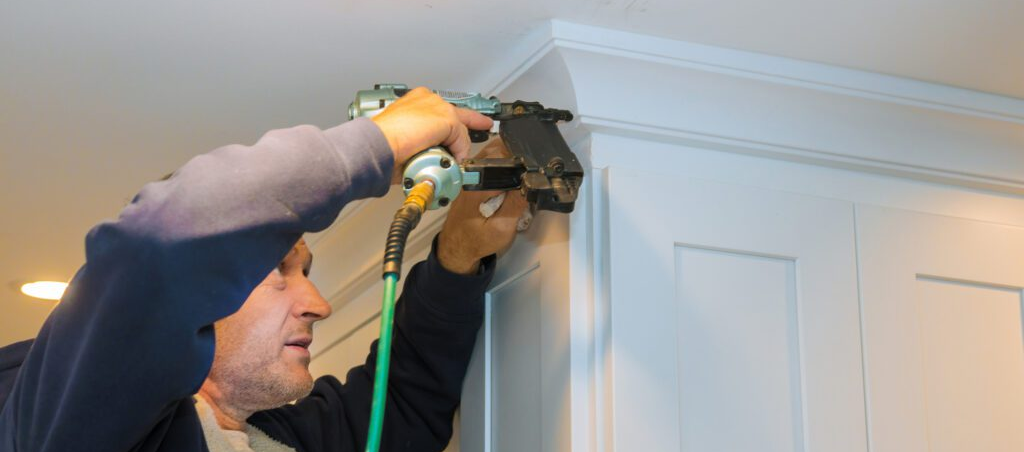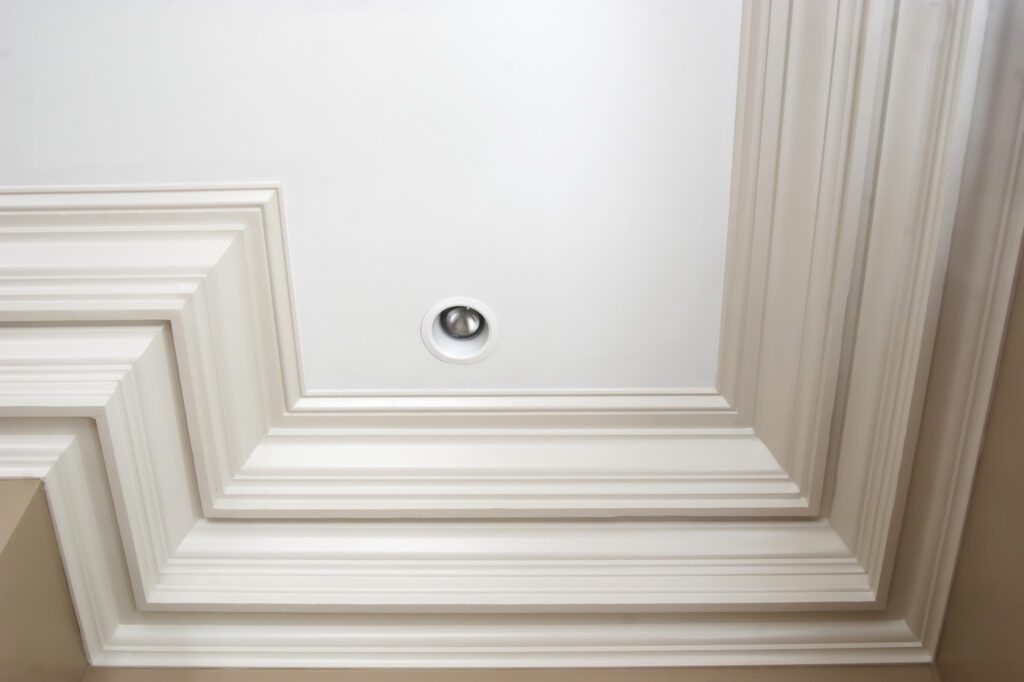How To Choose Crown Molding: Tips And Considerations.

Crown molding is the unsung hero of interior design, adding a touch of sophistication and charm to any space. If you are looking to enhance the aesthetic appeal of your home, selecting the right crown molding is crucial. In this comprehensive guide, we will walk you through the ins and outs of choosing crown molding that complements your style and elevates your space. From understanding different types to considering architectural nuances, we have got you covered.
Understanding the Basics: What is Crown Molding?
Before delving into the selection process, let us start with the basics. Crown molding is a decorative trim installed along the top edge of walls, where the wall meets the ceiling. It is a design element that not only adds visual interest but also creates a seamless transition between the walls and ceiling.
Ready to transform your space with crown molding?
Request an EstimateTypes of Crown Molding: Unveiling Your Options
When it comes to crown molding, there is a myriad of options to choose from. Each type boasts its own unique profile, giving you the flexibility to match your molding to the overall style of your home. Here are some popular types:
Traditional Crown Molding
Traditional crown molding features intricate details and a classic, timeless design. It works well in homes with traditional or Victorian aesthetics, adding a touch of elegance.
Modern Crown Molding
For those leaning towards a more contemporary style, modern crown molding offers clean lines and simplicity. It is an excellent choice for minimalist interiors, creating a sleek and polished look.
Coved Crown Molding
Coved crown molding has a concave profile, creating a subtle, curved transition from the wall to the ceiling. This type works particularly well in rooms with softer, more organic design elements.
Dentil Crown Molding
Dentil molding is characterized by small, tooth-like blocks evenly spaced along the trim. This type adds a sense of sophistication and architectural interest, making it ideal for more formal spaces.
Remember, the key is to choose a type that complements your overall design vision and the architectural style of your home.
Considerations When Choosing Crown Molding: A Detailed Breakdown
Now that you are familiar with the types, let us explore the essential considerations to guide you in making the right choice.

1. Ceiling Height
The height of your ceiling plays a significant role in determining the size and scale of crown molding that will work best. Higher ceilings can accommodate larger and more ornate moldings without overwhelming the space, while lower ceilings may benefit from simpler profiles to avoid a cramped feel.
Pro Tip: Measure your ceiling height accurately to ensure a proportional and visually pleasing look.
2. Room Style
Consider the overall style of the room when selecting crown molding. The molding should harmonize with the existing decor and architectural elements. For instance, ornate crown molding might clash with a minimalist interior, while a sleek modern molding may look out of place in a more traditional setting.
Pro Tip: Create a cohesive design by choosing crown molding that aligns with the room’s overall aesthetic.
3. Material Matters
Crown molding comes in various materials, including wood, medium-density fiberboard (MDF), and polyurethane. Each material has its own set of advantages and drawbacks. Wood provides a classic and authentic look but may be more susceptible to humidity, while MDF is more budget-friendly and resistant to warping.
Pro Tip: Consider the maintenance requirements and budget constraints when choosing the material for your crown molding.
4. Installation Complexity
Some crown molding profiles are more intricate and may require professional installation. If you are a DIY enthusiast, opt for a molding style that aligns with your skill level. Alternatively, hiring a professional ensures a flawless installation, especially for complex designs.
Pro Tip: Factor in installation costs and complexity when making your final decision.
In conclusion, crown molding is a transformative element that can elevate the aesthetic appeal of any space. By understanding the different types and considering key factors, you can make an informed decision that aligns with your style and enhances your home’s overall design.

Ready to redefine your space with exquisite crown molding?
Request an EstimateFAQs About Crown Molding
Q: Can I install crown molding myself, or should I hire a professional?
A:
While DIY installation is possible for simpler designs, intricate profiles are best handled by professionals to ensure a seamless and polished look.
Q: What is the ideal color for crown molding?
A:
The ideal color largely depends on your overall color scheme. For a classic look, consider white or off-white. However, bold color choices can make a statement in modern interiors.
Q: How do I choose the right size of crown molding for my room?
A:
Consider both the ceiling height and room size. Taller ceilings can accommodate larger moldings, while smaller rooms may benefit from narrower profiles.
The post How To Choose Crown Molding: Tips And Considerations. appeared first on Fogg Carpentry.
